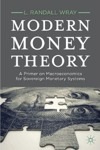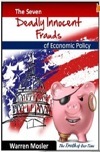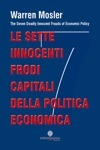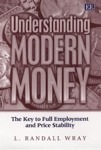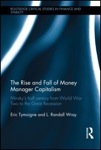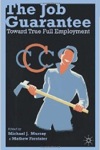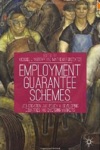By J.D. ALT
I recently read in the WSJ that Modern Monetary Theory is defined as the proposition that the federal government can borrow as much money as it needs so long as the interest rate it pays is less than the growth rate of the GDP. The short article, by Desmond Lachman, went on to argue why this was a dangerously false premise. Thus, MMT got shot with two bullets in one paragraph: first by defining it in a way that negates its most fundamental principle (that the federal government doesn’t need to “borrow” fiat currency in order to spend fiat currency), and second, by declaring MMT to be not only false, but dangerous.
It’s remarkable how stubbornly tenacious mainstream economic thinking is about misunderstanding and fearing MMT. The fundamental belief that refuses to be shaken is that for a sovereign government to spend, it must first claim—either through taxation or borrowing—some portion of the profits of private commerce. This immediately sets in motion complex calculations about what percentage of those profits can be claimed for government spending before the profit-making capabilities of private commerce, itself, are harmed (because the capital that would otherwise be used for expansion, is being appropriated for government spending). When that point is reached, the calculations insistently predict, private commerce will cease to grow—perhaps even shrink—which perversely will then reduce the amount of currency available for the government to claim a portion of; if, under those circumstances, the government continues nevertheless to increase its spending (by insistently increasing its taxing or borrowing), private commerce will be driven to shrink even further, setting in motion a disastrous downward spiral. The calculations, in other words, are structured to demonstrate that government spending per se strangles the goose that lays the eggs—and, therefore, it is rational to argue that government spending should be limited, and specifically that it should not exceed some calculated percentage of GDP (which, of course, in most calculations of this sort, it already does)!
Continue reading →



